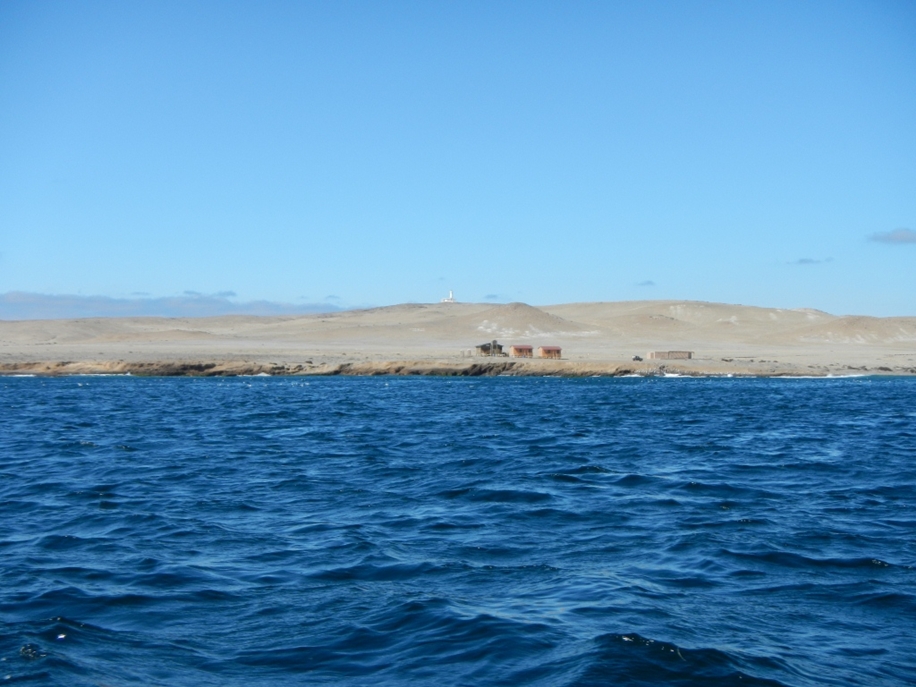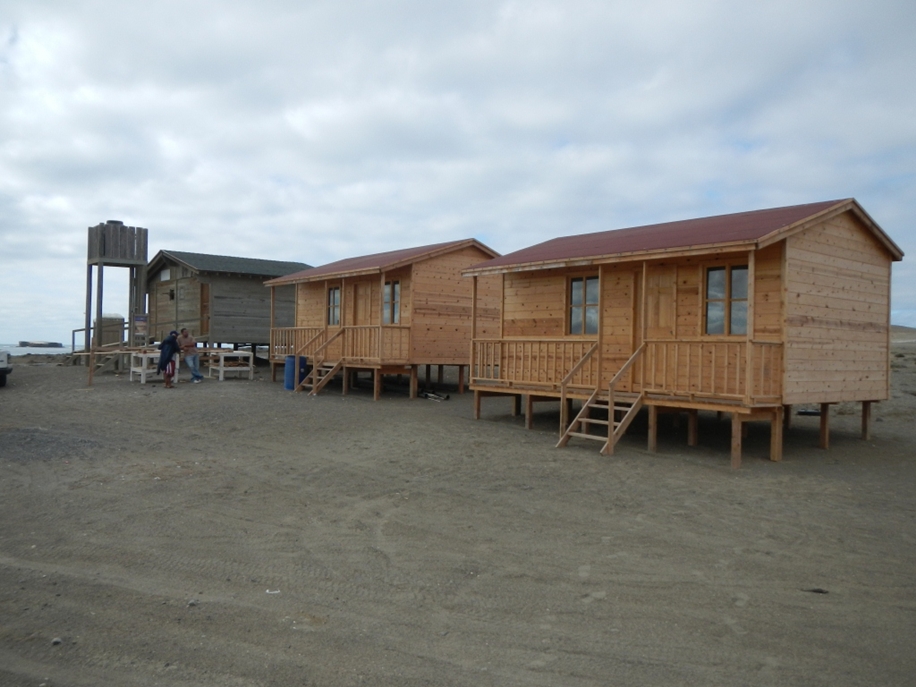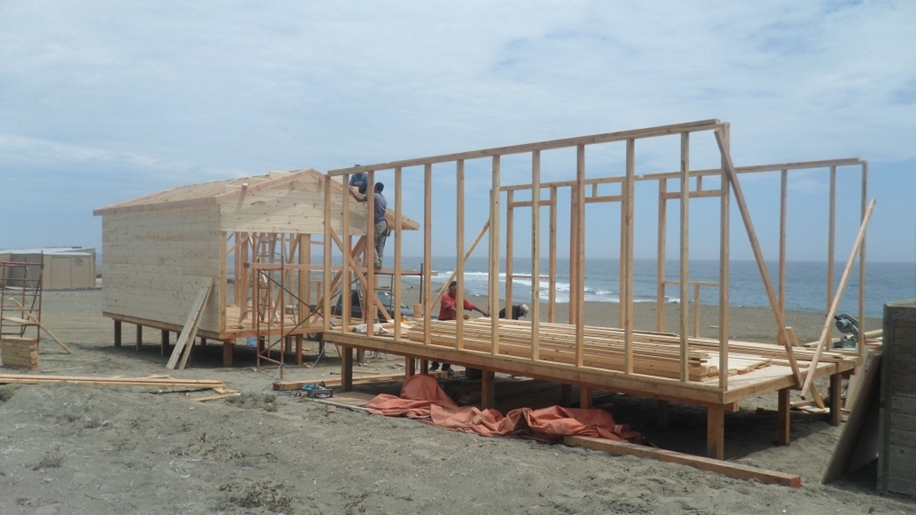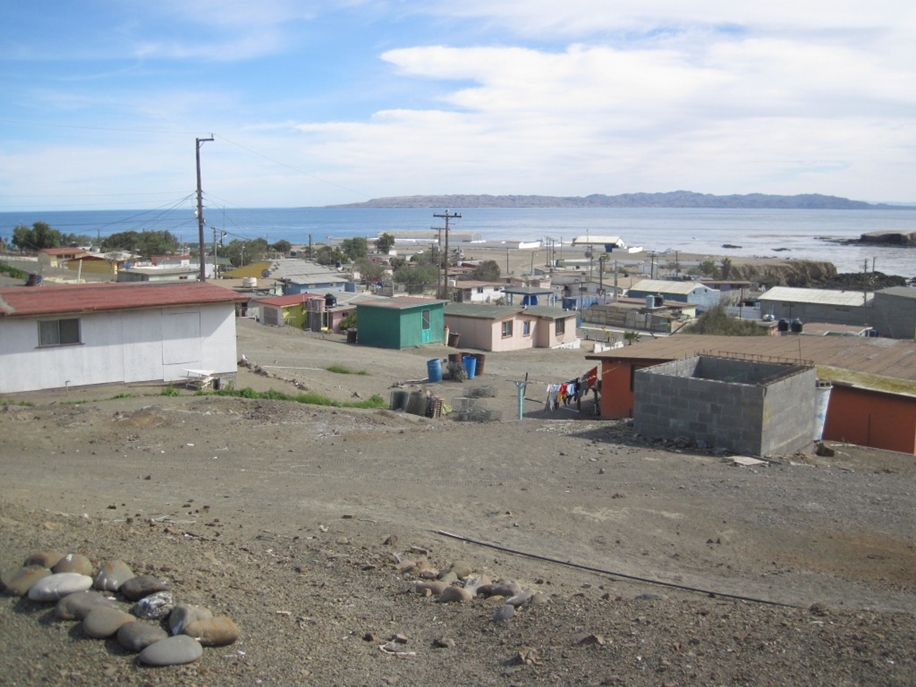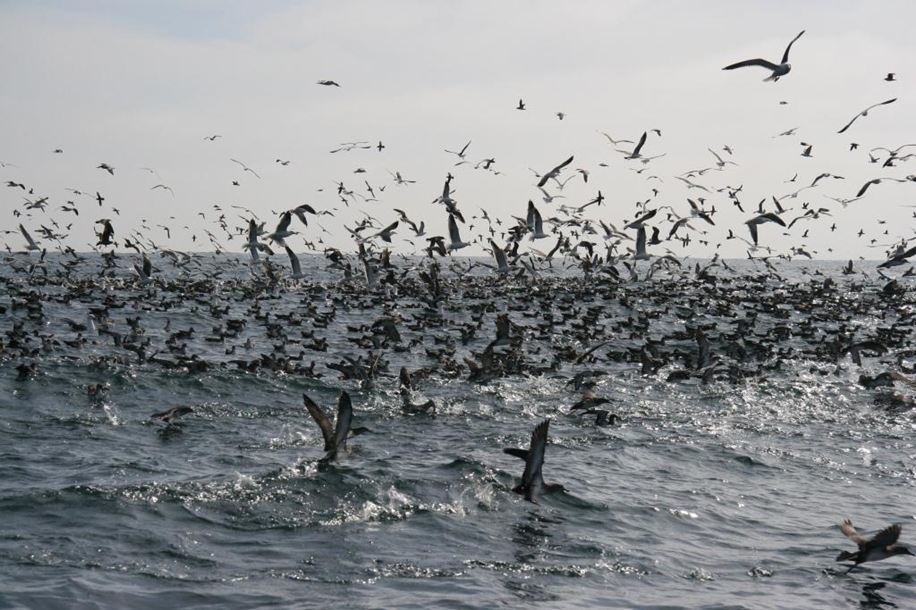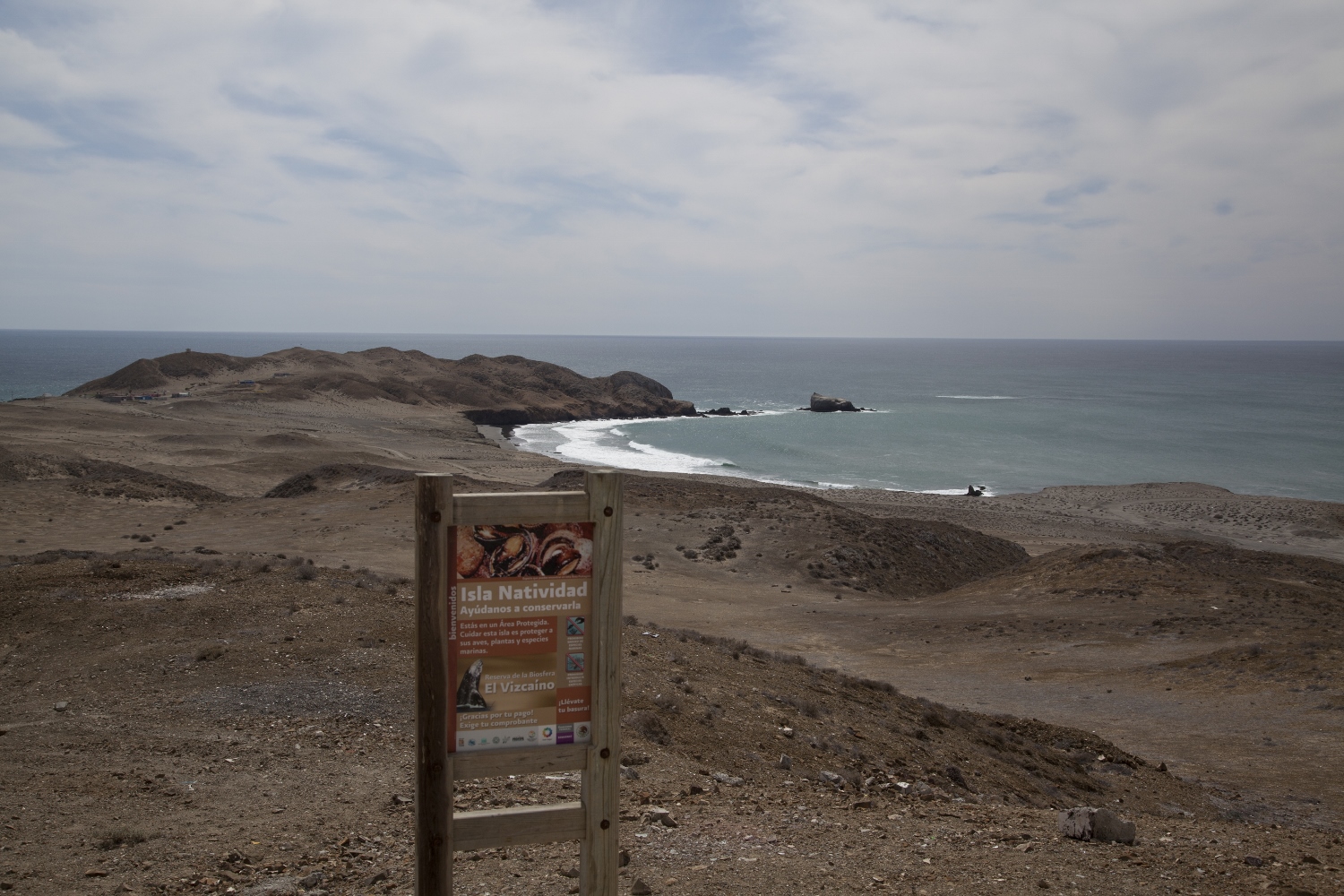Natividad Island is only about 4.2 miles long by 1.4 miles wide, but it holds more than 85 percent (30,000 nests) of the world’s population of the black-vented shearwater. The shearwater is a bird species that occurs only on the west coast of Mexico and southern California. The island also provides nesting grounds for gulls, cormorants, and pelicans. The beaches are breeding grounds for elephant seals, sea lions, and the common seal. The island and five kilometers of surrounding waters are part of El Vizcaino Biosphere Reserve.
About 400 people live on the island of Natividad. Many of them catch abalone and lobster for a living and belong to the local fishing cooperative (Buzos y Pescadores de Baja California). The community is working to conserve its natural resources by recycling, minimizing pollution, and obtaining green certification for their products. They wish to protect the northern portion of the island and three nearby islets by prohibiting access, except in emergencies. Federal Natural Protected Area managers will assist with protocols, regulations, and enforcement, and will monitor the agreement.
The cooperative is seeking new sustainable livelihoods and has attracted interest from surfers, scuba divers, and ecotourists. But they need better accommodations for guests. Seacology is funding construction of two cabins to host visitors to the island. The benefits from the rental of the cabins will go toward improvements in the community and conservation of the island.


